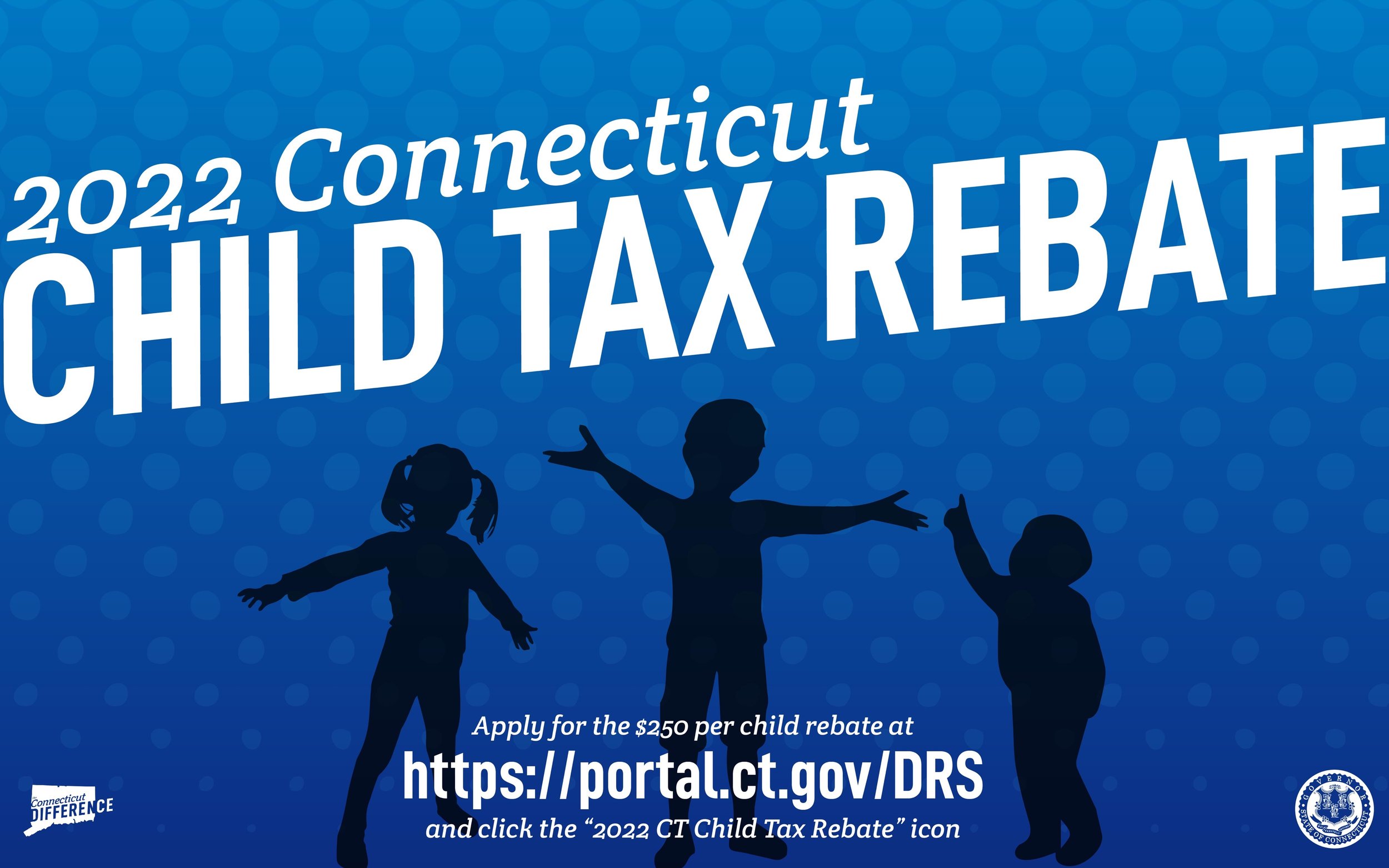Michael Richards, a Social Studies Teacher for Grade 6 at West Rocks Middle School, is Carver’s longtime Lead Program Coordinator for our after-school and summer programs there.
Here, Mr. Richards shares images of his rising 6th graders attending our Summer Transition Program enjoying a STEM project and “Science Wonders” delivered by Mad Science.
Students were given a STEM challenge. They worked in teams to create the tallest tower possible that could stand freely and support the weight of a book. Their only supplies were sheets of paper and masking tape.
The other pictures and video were from a visit by Mad Science and "Big Bang Brian". Students learned about exothermic reactions when he made "elephant toothpaste". They also learned about the build-up of pressure from the reaction of soda & Mentos. The final experiment showed air pressure when the air was pumped into a bottle of water, and the bottle was "launched" when the pressure was released; adding just a small amount of water to the bottle increases the action force. The water expels from the bottle before the air does.
Mad Science delivers children educational and entertaining science experiences by presenting concepts visually and interactively. Mad Science is a year-round Carver partner that teaches topics such as light, sound, electricity, magnetism, anatomy, optics, chemistry, space technology, and robotics. Children are given hands-on activities combined with discussion and demonstrations to meet specific learning objectives through a fun and challenging environment. The workshops correlate to the NGSS (Next Generation Science Standards).

































































